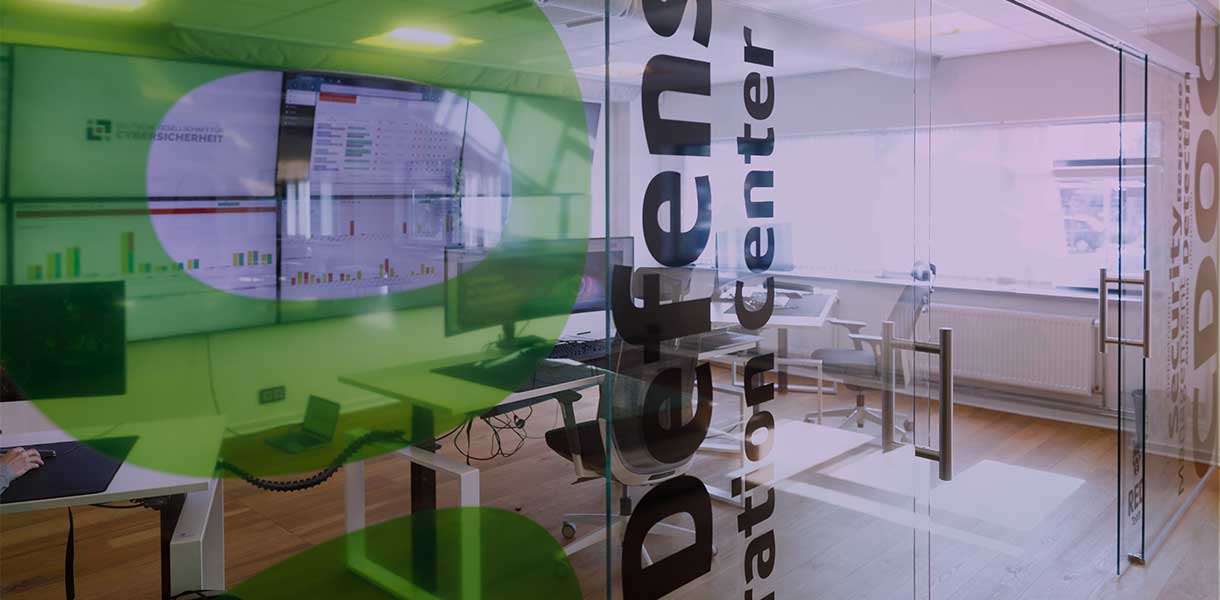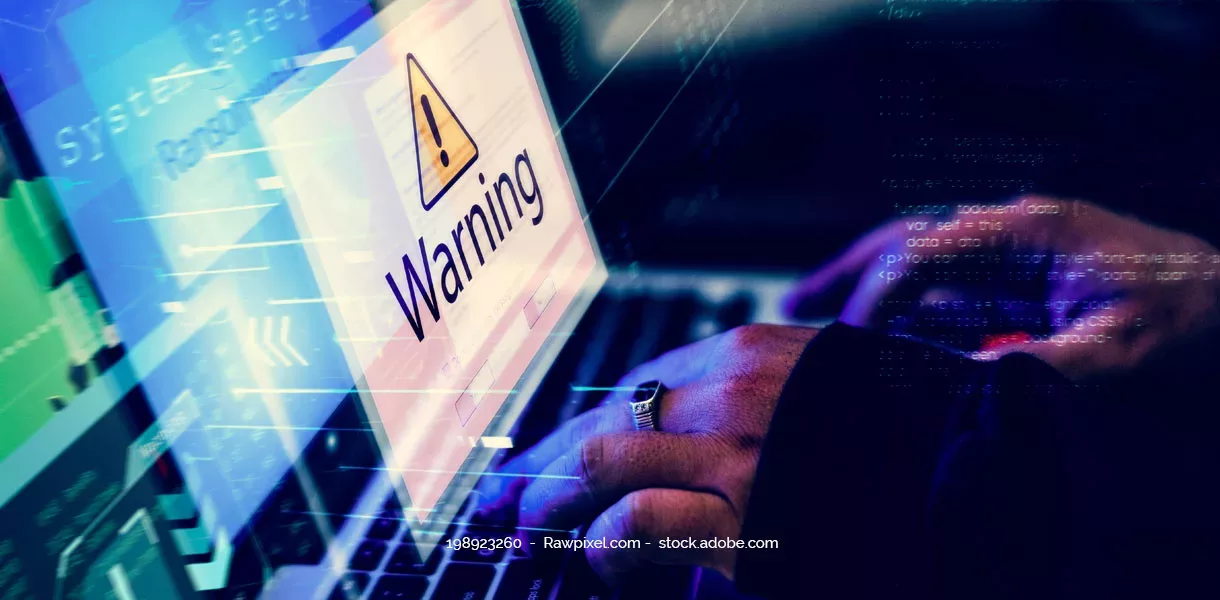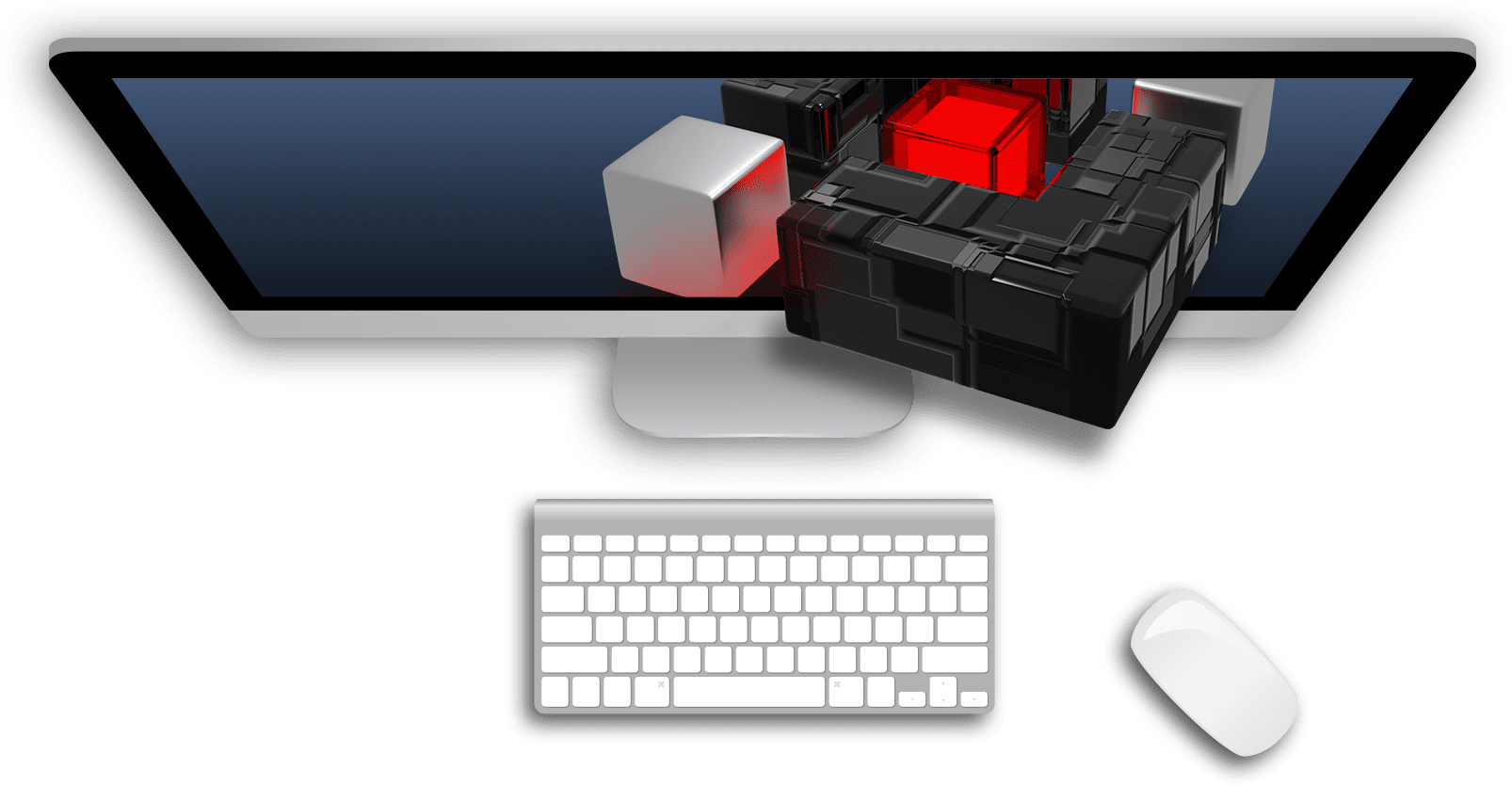A Security Operation Center (SOC) is the starting point for any serious IT security concept. The catch: For small and medium-sized companies in particular, operating a SOC often seems too expensive and resource-intensive. DGC experts Walter Bühner and Justus Wagenfeldt show why even smaller companies can benefit from the comprehensive protection of their own security center via SOC-as-a-Service (SOCaaS).
A company’s IT often grows faster than the associated security concept. This is mainly due to the fact that many companies still attach too little importance to the issue of cyber security. In addition to a corresponding awareness of the problem, however, there is often a lack of the necessary budget for an in-house IT security department.
Especially in small and medium-sized companies, IT security is often seen as a cost factor that can be saved. Many decision-makers do not realize that cyberattacks are now a widespread phenomenon. But awareness is growing. The media are reporting more and more frequently on hacker attacks on large companies, such as on MediaMarktSaturn last fall.
In fact, cyberattacks affect practically everyone today. According to a Bitkom study, 88 percent of German companies were recently affected by data theft, espionage or sabotage. Due to the high risk, standards for information security (e.g., ISO 27001) are now increasingly being used. The basis for their implementation is a powerful security center: the Security Operation Center (SOC).
What is a Security Operation Center (SOC)?
A Security Operation Center acts as an IT security control center for companies and organizations. The SOC decides which security technologies are appropriate for the existing IT ecosystem, ensures their operation and maintenance, and continuously analyzes threat data to guarantee the highest possible level of security. To this end, the SOC monitors all security-relevant systems such as applications, corporate networks, servers, workstations or Internet services. In principle, companies have the choice of setting up and operating their own SOC or making use of a corresponding service via SOCaaS.
In practice, a SOC can be thought of as a security center where IT experts keep track of information about the current state of IT, the threat situation and any necessary measures.
This is how a SOC ensures safety
In general, the activities and responsibilities of a SOC can be broadly categorized as prevention, monitoring, and recovery.
Prevention
A SOC is comprehensively informed about all objects to be protected inside and outside an IT infrastructure (applications, databases, servers, cloud services, endpoints, etc.) and deploys the appropriate T-security tools (firewalls, anti-virus/anti-malware/anti-ransomware tools, monitoring software, etc.) on this basis.
To maximize the effectiveness of existing security tools and measures, the SOC performs preventive maintenance activities. These include, for example, performing software upgrades and continuously updating firewalls, whitelists, blacklists, and security policies.
The SOC is also responsible for developing an incident response plan in the event of a cyberattack. With the help of penetration tests, the SOC team regularly checks the infrastructure for vulnerabilities. Based on these results, the SOC can further optimize the security level by taking appropriate measures.
Monitoring
The SOC continuously monitors applications, servers, system software, devices, cloud workloads, and networks, and is able to respond immediately to attacks and suspicious activity. Many security operations centers use an AI-based technology called security information and event management (SIEM) to do this. SIEM collects real-time alerts and telemetry data from software and hardware on the network to detect anomalies and potential threats.
Many hackers take advantage of the fact that companies do not consistently analyze log data. This often results in viruses and malware going undetected for weeks or even months. Log management – the collection and analysis of log data generated by every network event – is an important subset of monitoring and a component of SIEM.
Recovery
In the event of a cyberattack, the Security Operation Center eliminates the threat and restores the affected resources to the state they were in before the incident. In the event of a data breach or ransomware attack, recovery may include switching to backup systems and resetting passwords and authentication credentials. To prevent a recurrence, the SOC uses lessons learned from the incident to better address vulnerabilities, update processes and policies, implement new security tools, or revise the response plan.
The SOC must ensure that all applications, systems, and security tools and processes comply with applicable data protection regulations such as the General Data Protection Regulation (GDPR). After an incident, the SOC ensures that users, regulators, law enforcement, and other parties are notified as required and that the necessary incident data is retained for evidentiary and audit purposes.
In-House or SOC-as-a-Service (SOCaaS)?
Anyone who has decided in favor of a SOC faces many questions during implementation. The most important of these is whether it is worthwhile for the company to set up its own SOC or whether it makes more sense to obtain the SOC as a SOCaaS from a Managed Services Security Provider (MSSP). The size of the company and the available budget are particularly relevant for this decision.
Operating a company’s own SOC is very costly. In addition to the technological infrastructure and the licensing costs for various security tools, qualified personnel are required, who in many cases would have to be newly hired for the operation of the SOC and are difficult to find due to the shortage of skilled workers. Monthly costs are usually in the mid five-figure range, but can be significantly higher depending on individual requirements. Especially for small and medium-sized companies, this is not an option in many cases. Here, SOCaaS offers a fully-fledged alternative to the in-house SOC.
SOC-as-a-Service is a paid, subscription-based model for managed threat detection and response. The service provides organizations with the tools, technology and expertise needed to detect, investigate and respond to ransomware, malware, data theft, spear phishing attacks and more.
How is DGC’s Cyber Defense Operation Center (CDOC) different from a traditional SOC-as-a-Service?
With its Cyber Defense Operation Center, DGC offers one of the most advanced SOCaaS models on the market – and consistently relies on quality Made in Germany. The entire DGC infrastructure is located in Germany. Many of the tools used are in-house developments. For example, the vulnerability scanner cyberscan.io, which, among other things, provides important assistance in the prevention of dangerous zero-day exploits. When implementing a CDOC, DGC offers full support at every stage of the collaboration.
Conclusion: Comprehensive protection only via SOC
Sooner or later, anyone researching reliable solutions for their company’s IT security will come across the term SOC. With the Cyber Defence Operation Center, DGC offers a 360° security solution that is particularly suitable as a SOCaaS for small and medium-sized enterprises that have recognized that cyberattacks can cause existentially threatening damage in any company today.




